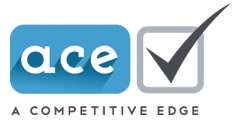
Do you have a question?
Give us a call at: (207) 885-0304
Send us an email at: info@scorebuilders.com
Fax us at: (207) 883-8377
or fill out our contact form
Customer Service Hours of Operation
Monday - Friday: 9:00am to 9:00pm ET
Saturday - Sunday: 11:00am to 6:00pm ET
Scorebuilders has assisted physical therapists and physical therapist assistants with licensure examination preparation for over three decades
